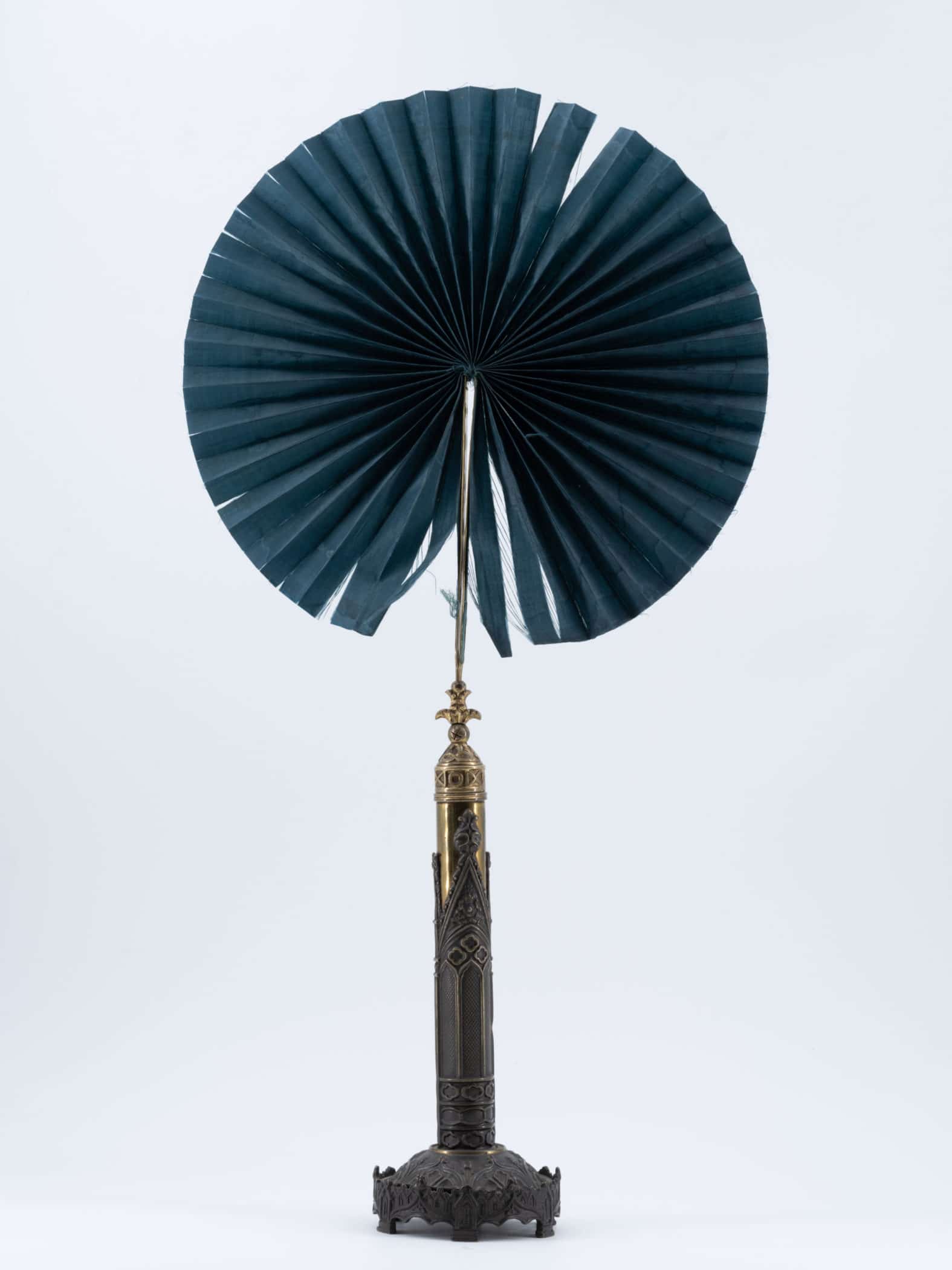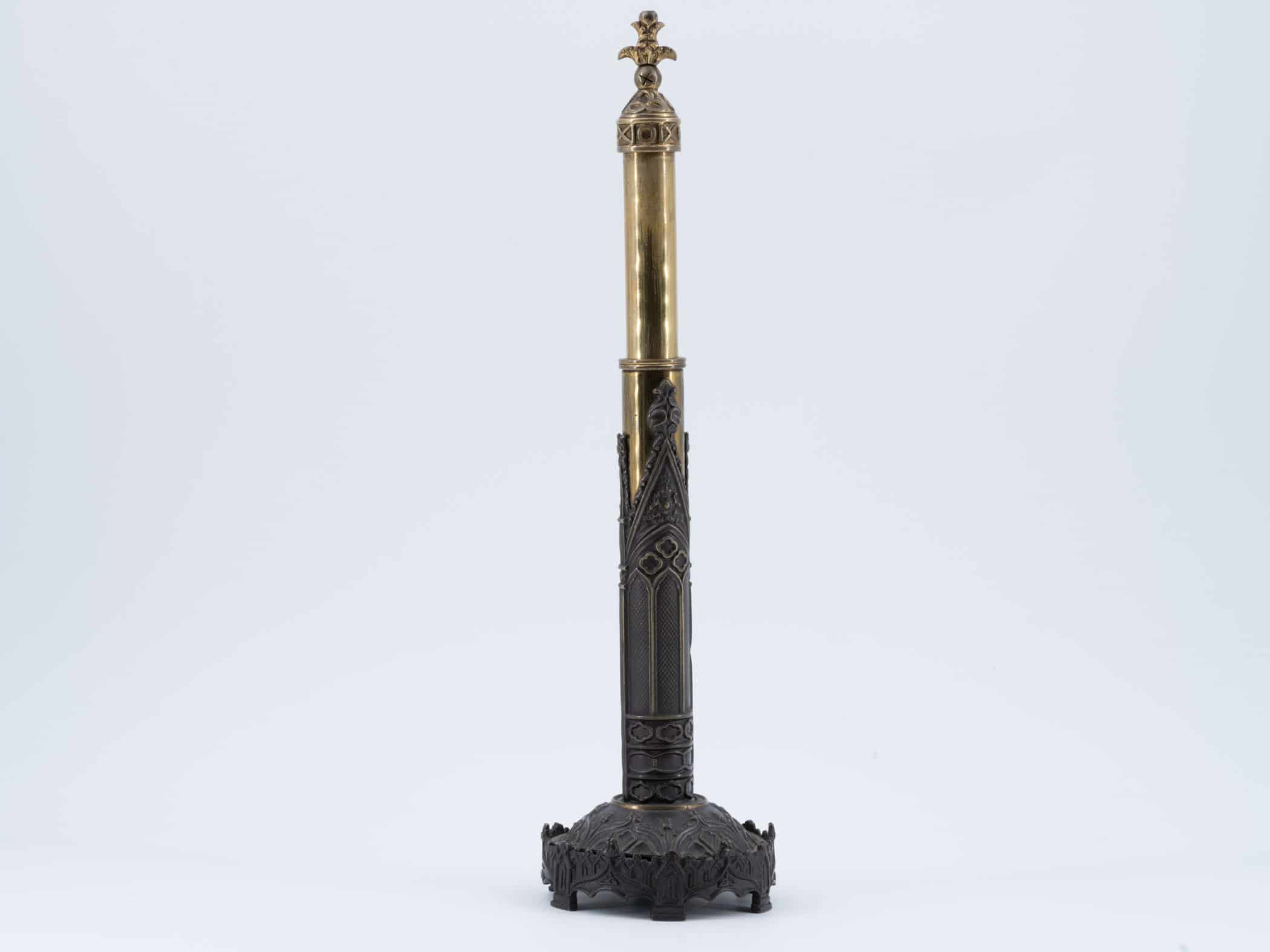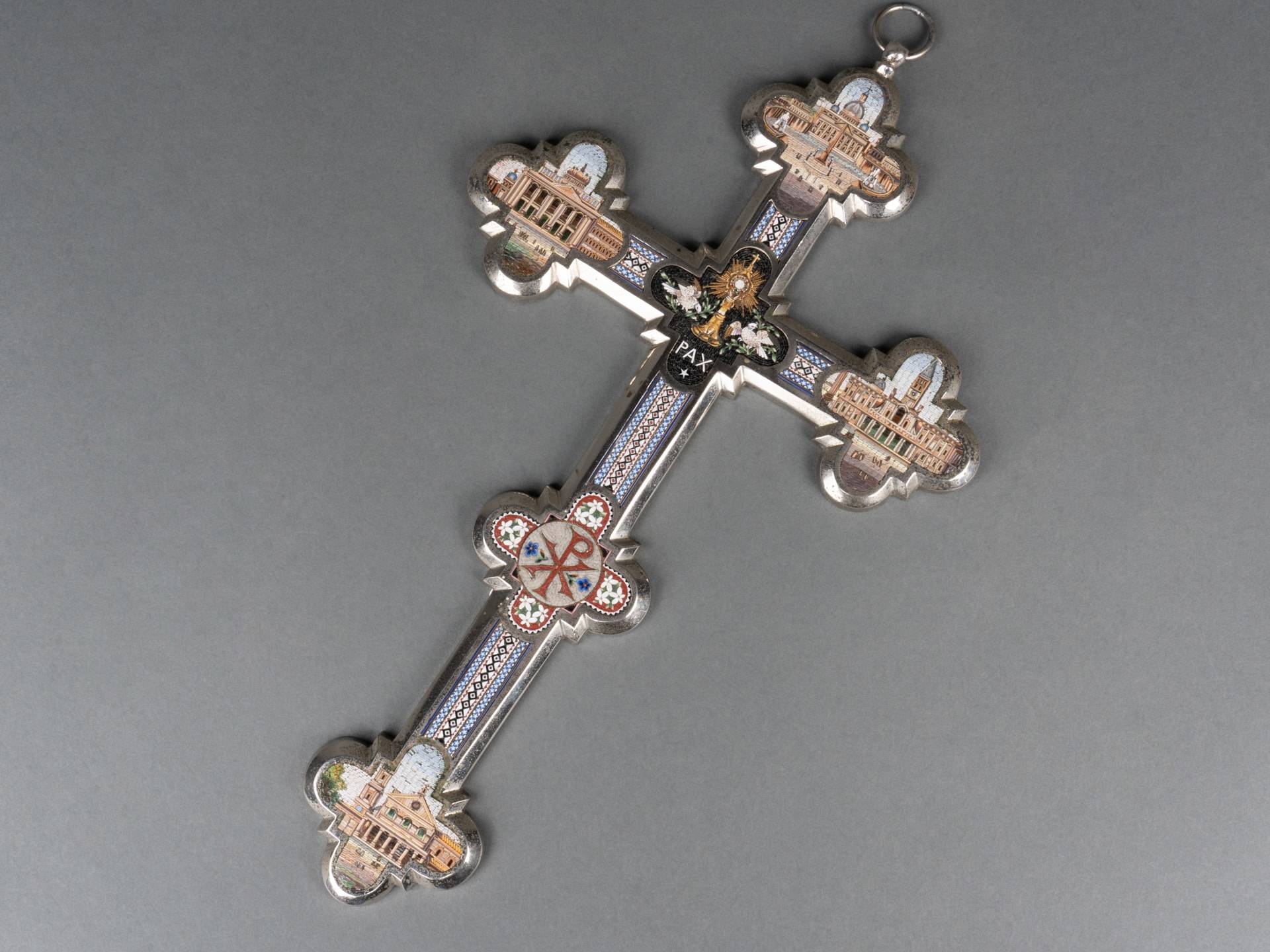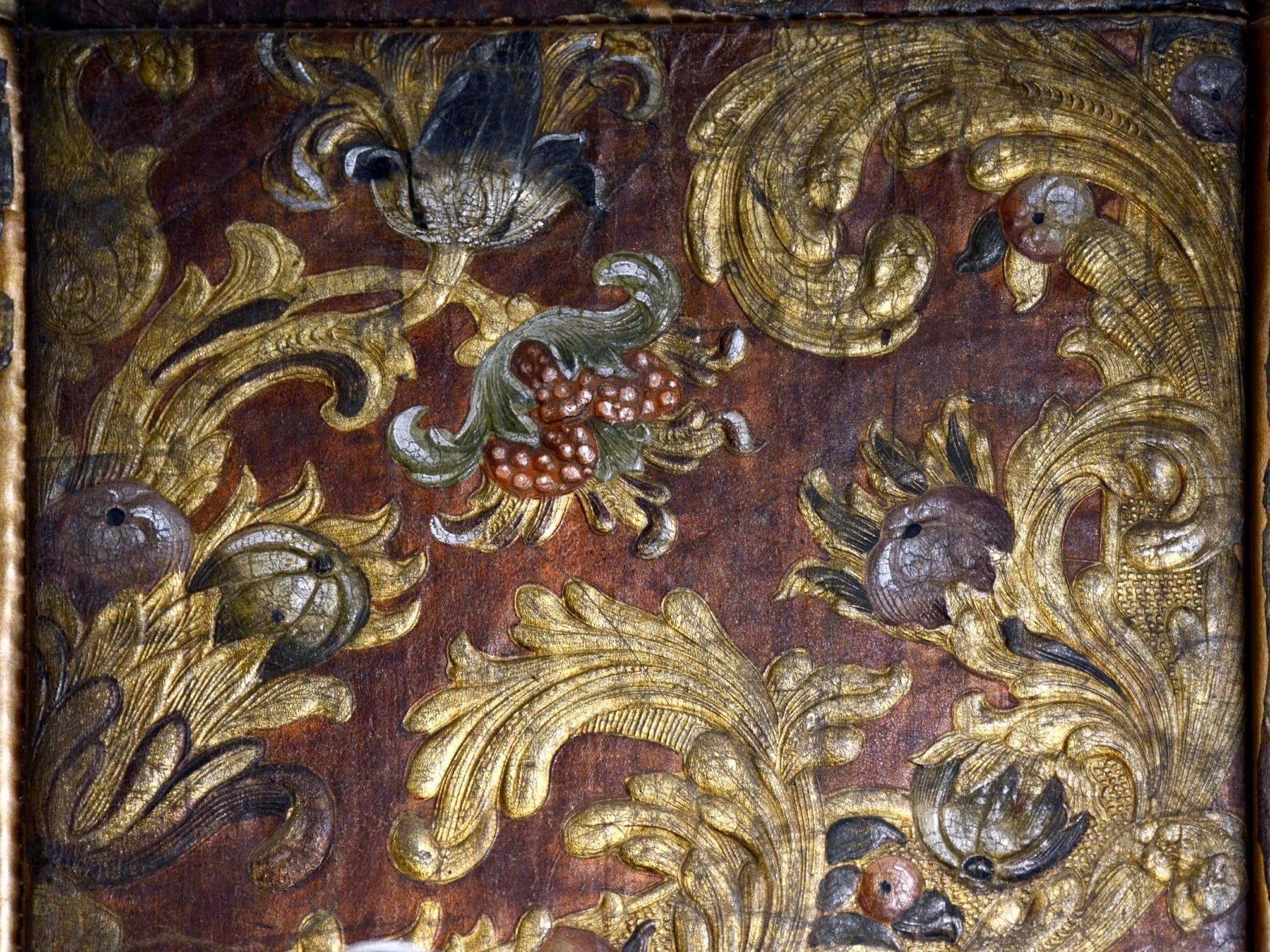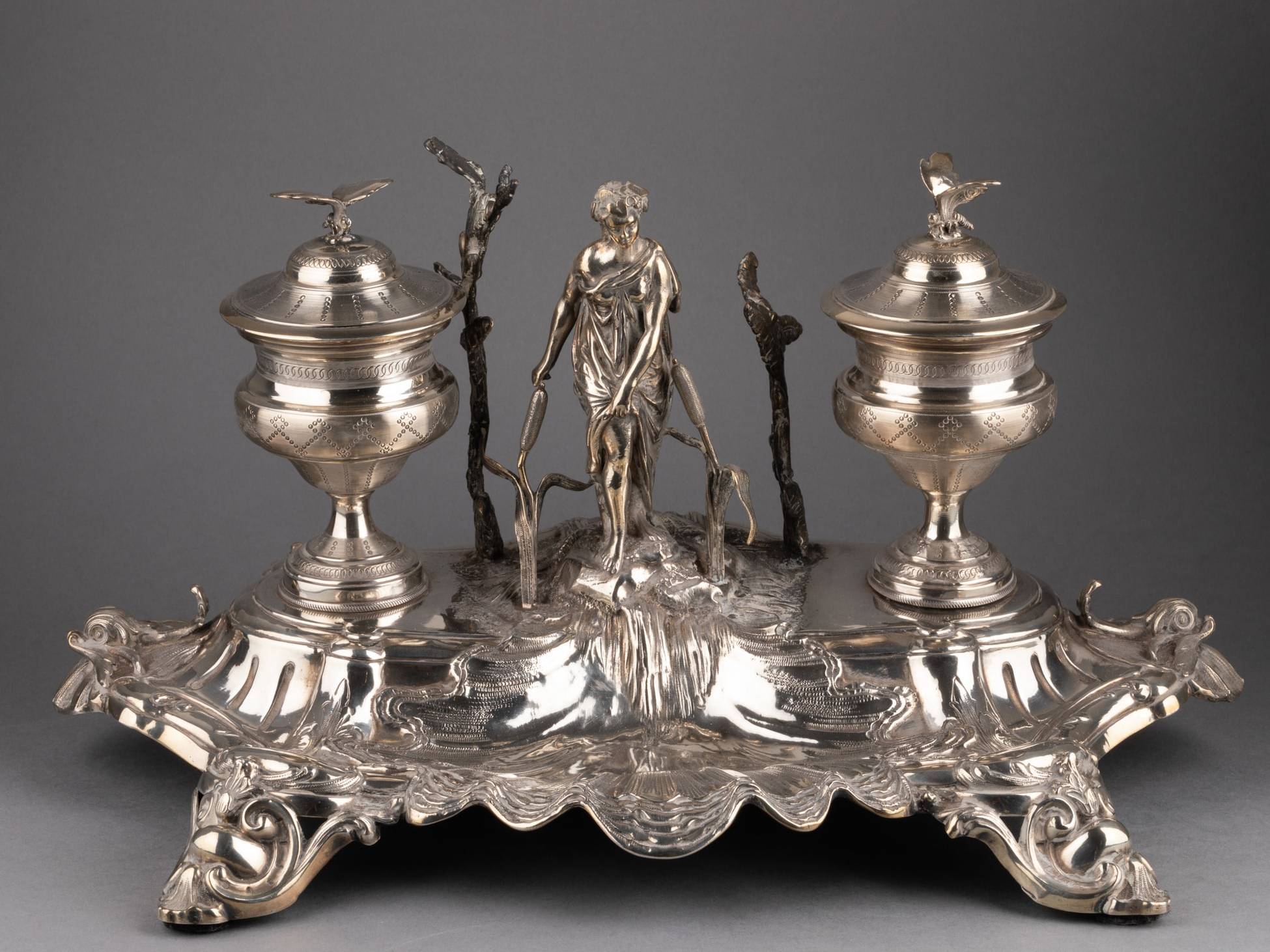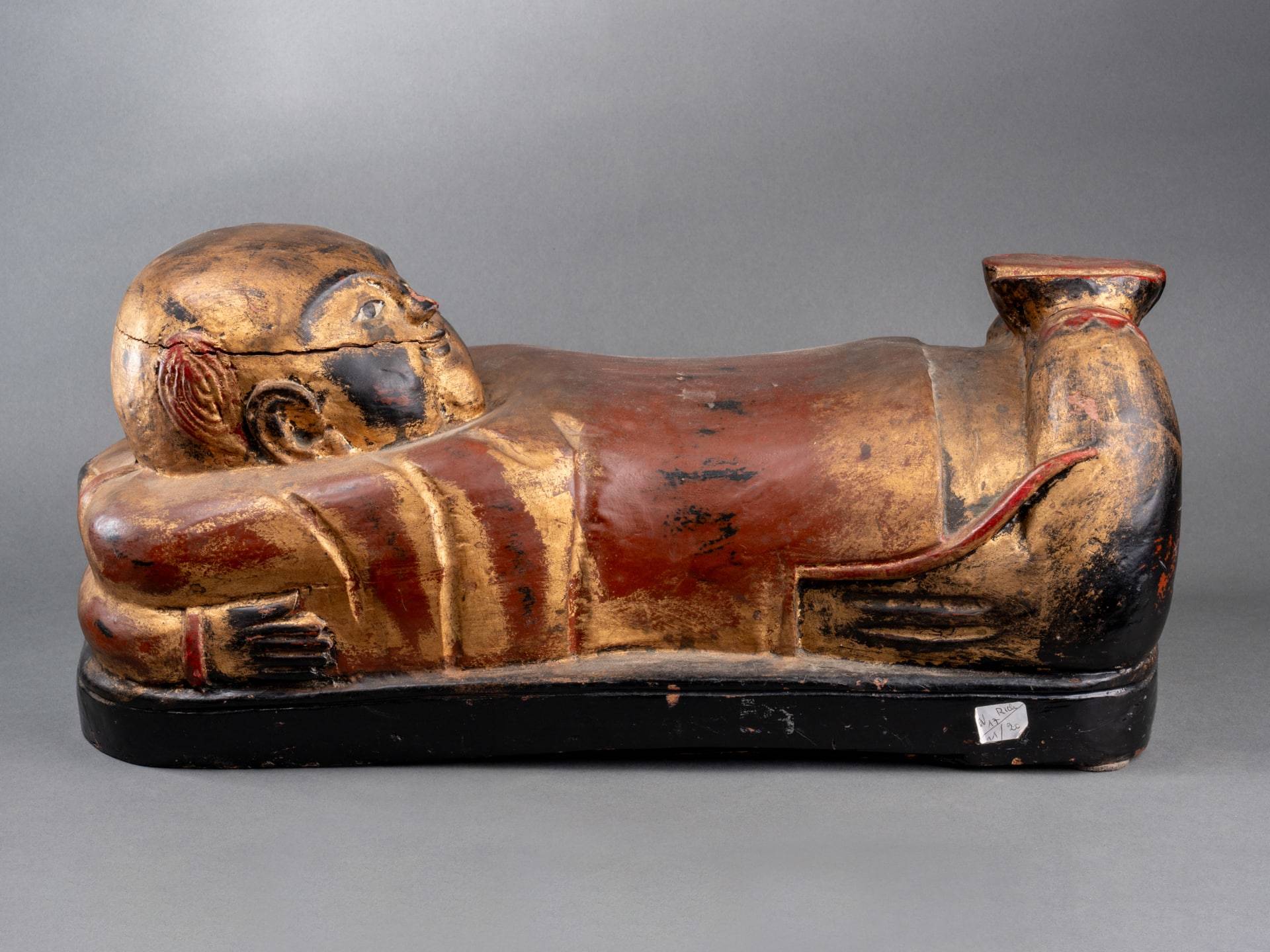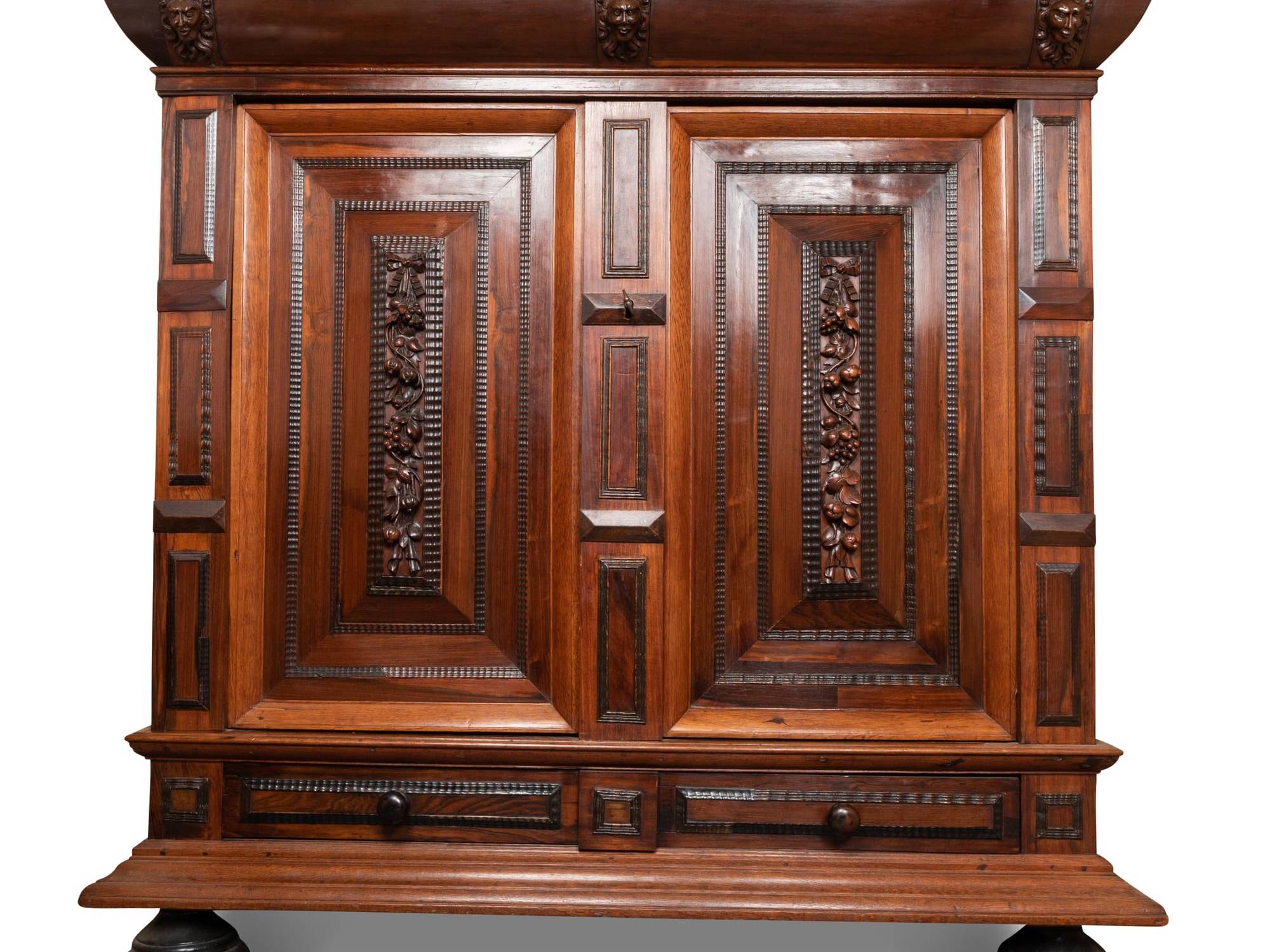Hand screen: a rare and curious object
Its fragility has often meant that it has not stood the test of time, just like its closest relative, the fan. Although their use is very similar, it is never concomitant. The fan keeps one cool on hot summer days, while the handheld screen protects from the heat of an open fire.
Restricted to private use, the hand screen received less attention to materials and patterns than did the fan. This did not prevent the making of some very nice ones!
Normally, the screen was made of paper or silk, but without careful storage in a case, it soon became the helpless victim of moisture, insects or rodents. Its fragility was paradoxically the defect of its quality: since the hand-held screen made it possible to protect oneself from the heat and sparks of the fire, it was also the first victim of it. This is why paper was preferred to precious fabrics, it could be easily changed. However, silk was always preferred for the most refined objects.
These risks and accidents that threatened the fragile screens are also one of the reasons for the rarity of these objects. Hand screens often ended their lives in the fireplace, as once the paper or fabric was burned by a spark or distorted by the heat (or simply out of fashion), the owner would throw the screen into the fire, keeping only its case and stand.
Its use developed in Europe in parallel with that of the fan, although it was never used as an ornament. Restricted to private and domestic use, the screen is sometimes – as here with the one we are presenting – a refined object, delighting both the happy owner and the closest circle of friends gathered in the boudoir or small apartments.
The production of fireplace screens in France was characterized by very ornate screens – mostly with engravings – and with an educational purpose. They were used to learn history, geography or poetry; they were also valuable aids to start or re-start a conversation.
The one we present is an English production as the label under the base indicates:
Gothic Revival: English Neo-Gothic
Day B. was a successful manufacturer based in Birmingham. His Birmingham Gothic designs played on the Gothic Revival fashion by using characteristic elements of the style such as pointed arches and stylised evocations of cross-arches. The British architect Augustus Pugin (1812 – 1852) never accepted the deviation from the Gothic style he loved so much.
The production of the famous Day B. in Birmingham was a huge success, especially during the years 1830 – 1840. His hand fire-screen were so popular that he was appointed the official supplier to the crown for these items. On a later production than the object we are presenting, Day B. obtained permission to proudly display the arms of the Royal House of England on his label.
The production of its cases was made entirely of cast brass. Only the screen had two different qualities: paper or silk, plain or patterned.
Finally, we note that the Victoria and Albert Museum of London presents in its collections a hand screen of the same brand as ours:
Marielle Brie
Art Historian for Art Market and Cultural Media
Author of the blog Objets d’Art et d’Histoire
Autres ressources et documentations
29 March 2024
A Micro-mosaic Grand Tour Cross
An emblematic art of the Grand Tour, micro-mosaics rival painting in its most refined productions.
19 March 2024
The Cordoba Leather or Gilded Leather
This famous leather gave its letters of nobility to Spanish production drawing generously on oriental know-how known since Antiquity.
6 February 2024
A Solid Silver Inkwell, 1860 – 1890
This solid silver inkwell is a true sculpture in itself.
4 December 2023
Chinese Opium Den Pillow, 19th Century
A surprising object to our Western eyes, Chinese rigid pillows have long been preferred to their fabric counterparts.
22 November 2023
Georges Clémenceau (1841 – 1929) Bust
A major politician and major cultural figure, Georges Clémenceau encounters both the First World War and the representatives of an art freed from the codes of the Academy.
19 August 2023
The Ribbank Dresser
An emblematic piece of Dutch furniture, the ribbank was also a powerful symbol of social success in the 17th century.

